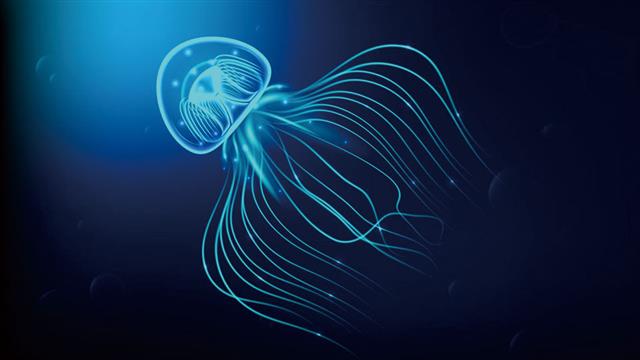…the sea presented a wonderful and most beautiful spectacle. There was a fresh breeze, and every part of the surface, which during the day is seen as foam, now glowed with a pale light. The vessel drove before her bows two billows of liquid phosphorus, and in her wake she was followed by a milky train. As far as the eye reached, the crest of every wave was bright, and the sky above the horizon, from the reflected glare of these livid flames, was not so utterly obscure as over the vault of the heavens.
The above description may remind one of the surreally luminescent seascape in Ang Lee’s film Life of Pi. But it was in fact written by Charles Darwin on 6 December 1833 when his Beagle was sailing off the South American coasts. The phosphorescence of the sea is due to bacteria, flagellates and even jellyfish. These sea creatures and micro-organisms absorb photons from the sun and give out light whenever they are agitated. The ocean is indeed full of life and light. Such is the wonder, self-sufficiency and equilibrium of Mother Nature.
This issue looks at Prof. Raymond Yeung’s revolutionizing work on network communication which finds a simple but elegant expression in what has become known as the Butterfly Network. This season we have published over 10 articles on the research of CUHK scholars under the rubric of ‘A Plain View’. We would like to think they do justice to the intelligence and diligence of these scholars which illuminate the vast and unfathomable ocean of science. Jellyfish or butterflies, we will continue to cast them in plain sight in the next season.



